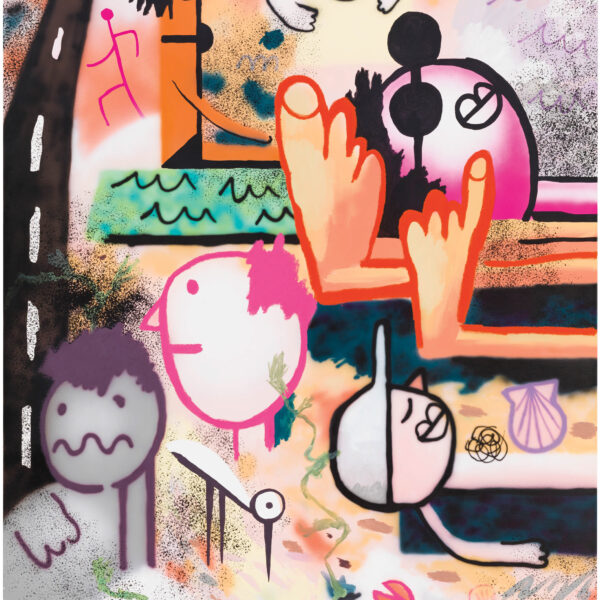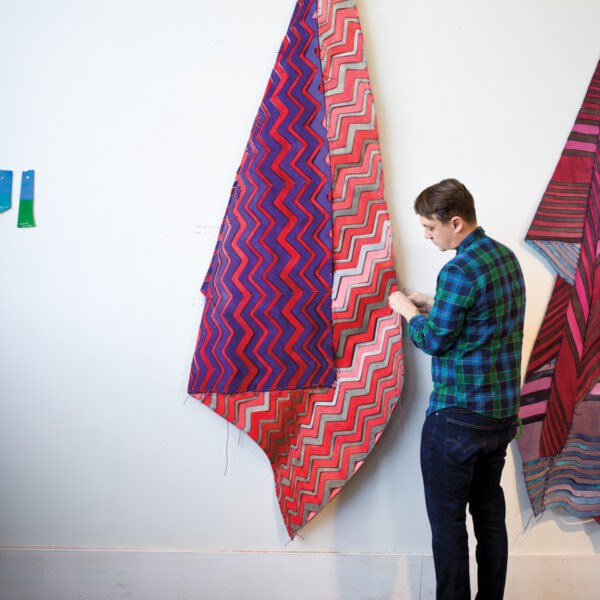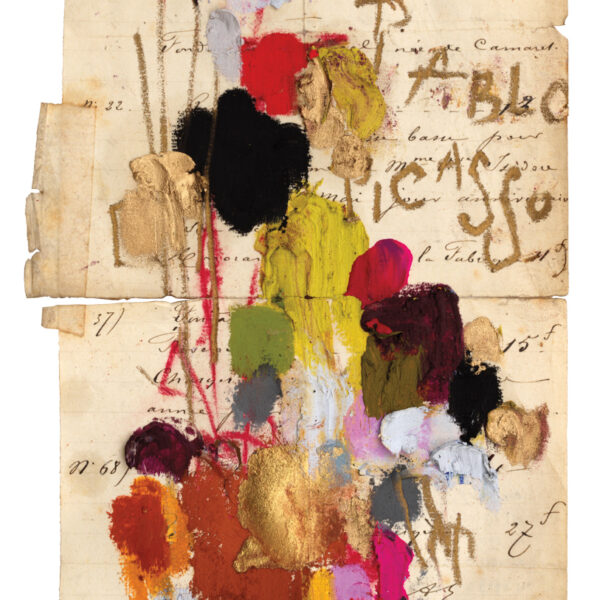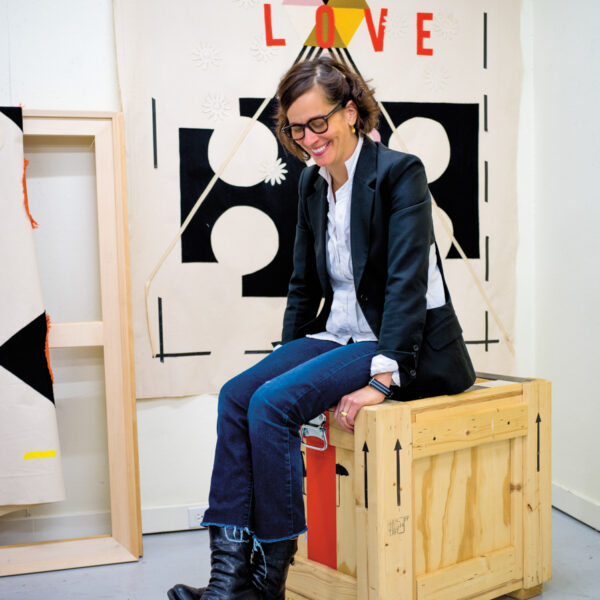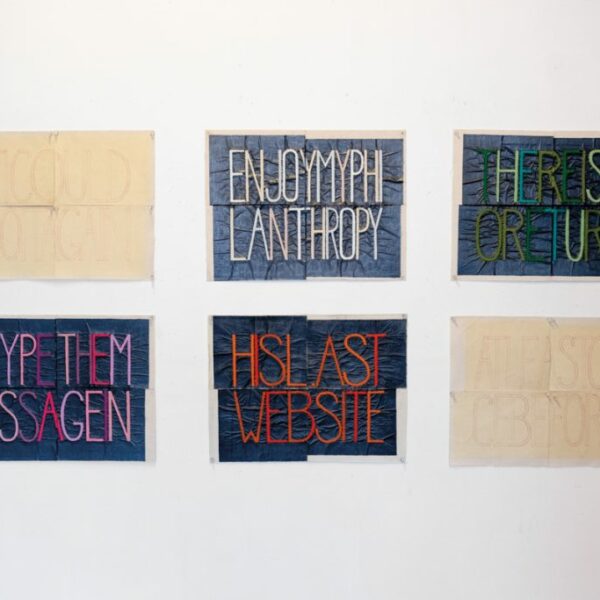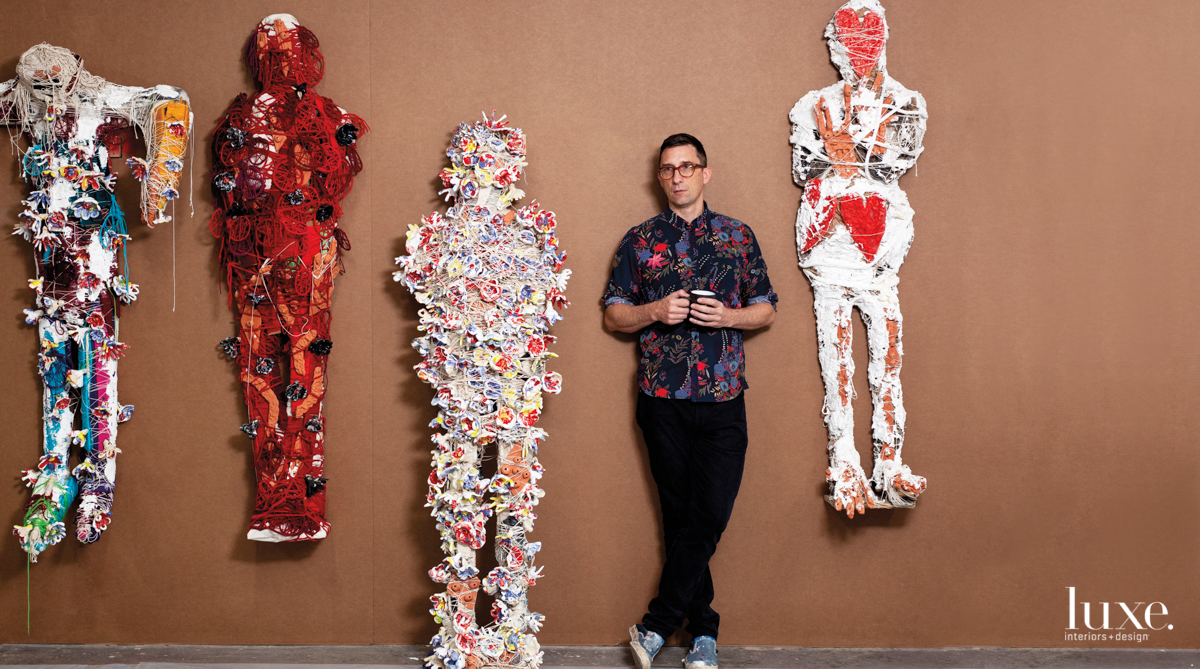
William J. O’Brien explores his own experiences with his tactile mixed-media works.
In both his life and his art, William J. O’Brien has never fit into a single discipline. His work–in which he both creates and deconstructs ceramics, paintings, drawings and sculptures–is an exploration of his own queerness. “I think it came out of feeling lost and not seeing my voice in history,” says the Chicago-based artist of his ongoing quest. “In my work there is a real sense of searching.”

O’Brien is known for his kaleidoscopic drawings.

O’Brien is known for his kaleidoscopic drawings.
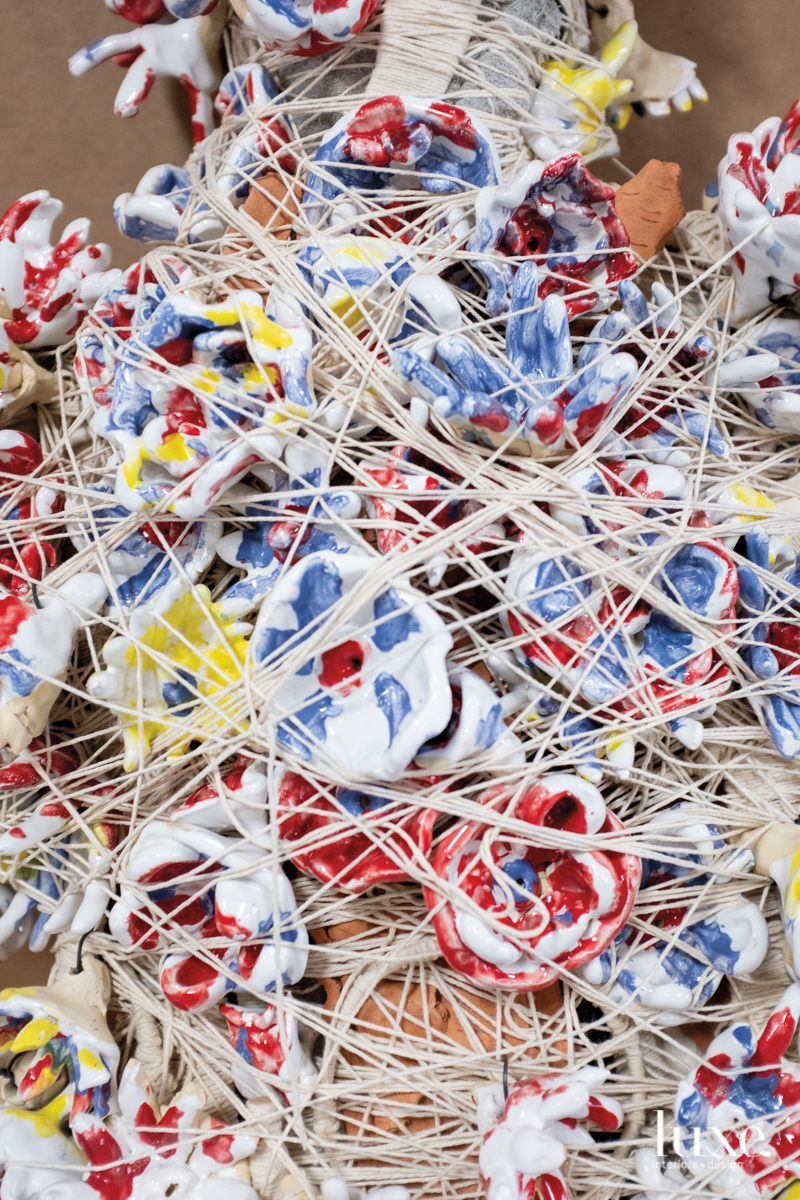
O'Brien uses layers of plaster, yarn, felt and other materials to bring his work alive.

O'Brien uses layers of plaster, yarn, felt and other materials to bring his work alive.
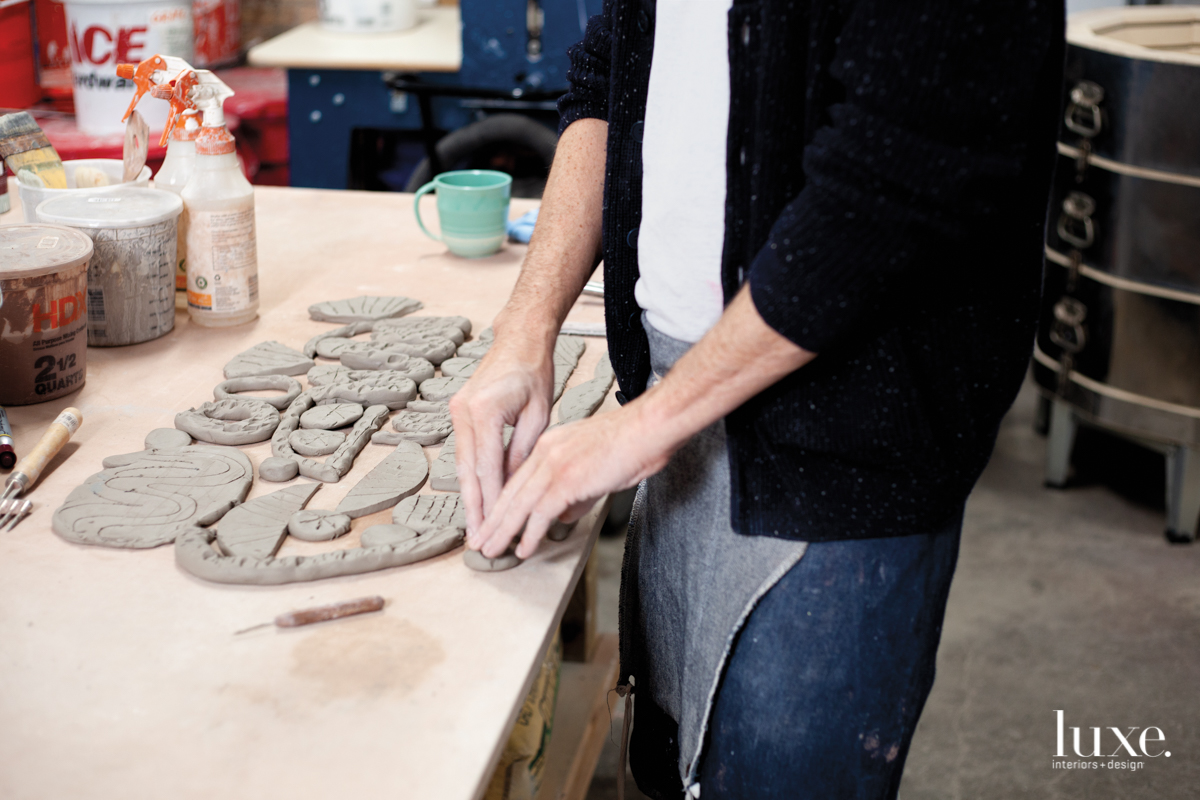
In his studio, O’Brien inscribes his linework directly into the clay.

In his studio, O’Brien inscribes his linework directly into the clay.
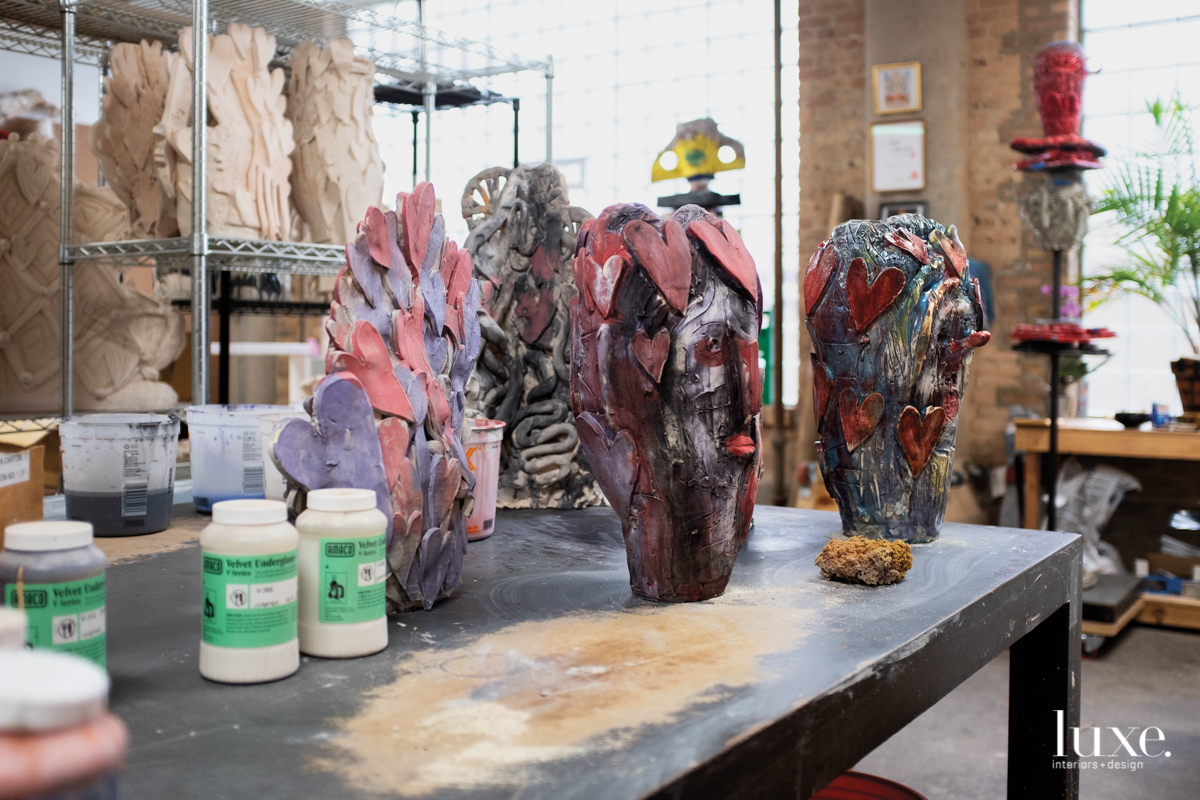
O’Brien treats his sculptures as living paintings.

O’Brien treats his sculptures as living paintings.
A Physical Process For The Creation of Shapes and Tactile Surfaces
What unites his diverse practice is the physicality of his process, expressed through elaborate shapes and tactile surfaces. He coats his amorphous ceramics in emotive carvings and paintings. Then he experiments with underglazes and overglazes during multiple firings to create what he calls “moments of tension and harmony.” Layers of plaster, yarn, felt and detritus such as wood scraps and packing materials animate his sculptures and paintings. He uses the same process to build molds for his bronze totems, which, when cast, retain the textural complexity of the materials used. Even his drawings offer tactile depth, blending the smooth patina of colored pencils with the sculptural heft of oil pastels while his freewheeling line work borrows from the spontaneous drawing style of the surrealists.
“I use materials that are more accessible for the viewer so they can connect to what I’m doing,” O’Brien explains. This desire to engage his audience also informs his decision to leave many of his pieces untitled, so as not to “force the viewer to see things through a particular lens.”
William J. O’Brien’s Latest Art Projects
O’Brien’s emphasis on connection culminates in his latest project, a massive installation at Atlanta Contemporary Gallery on view until August 4. Inspired by old-school revivals, the artist showcases what he calls “a revival tent for everyone–for those who feel like they are left on the outside.” O’Brien treats the structure as a “living painting,” using colors influenced by a trip to India where he spent time meditating in Buddhist temples. Sculptures around the tent, echoing the Stations of the Cross, dive into his Catholic upbringing. The space, however, doesn’t invoke a particular faith but is a broader examination of sacredness. “People need a safe place to go,” he says, “a sanctuary for our time.”
In addition to his work carried by Chicago’s Shane Campbell Gallery and Marianne Boesky Gallery in New York, O’Brien recently collaborated with textile company Maharam to transform his drawings into a prismatic wallcovering. This provided a chance to migrate his installation’s immersive experience outside the gallery, says the artist. “I’m really happy about the scale and the way we were able to preserve the range of forms.”
Most important to O’Brien is that his viewers feel things. “For me, art has been a real way of transforming pain,” he says. “I believe in its ability to transform difficulty and darkness into beauty.”

